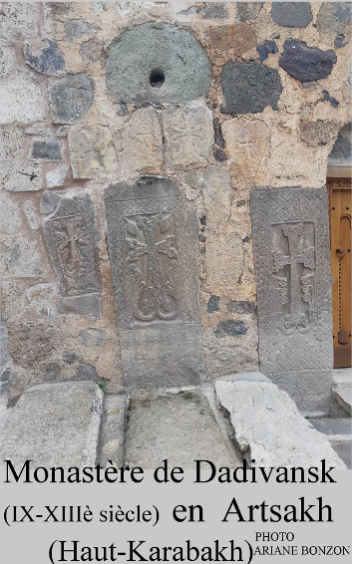(…) On any given day on India’s flourishing array of cable channels, the chances are high of seeing Lalu’s face on a news show, or even on an entertainment show. I clicked randomly to see him guest-judging what looked like an Indian knock-off of “American Idol.”
(…) Lalu is a happy man : happy to have risen to become rich, beloved, and reviled all over India ; happy that a grateful nation credits him with whipping its beleaguered rail system into profitability ; and happy that he’s managed to do all this and somehow stay out of jail. Under his leadership, Indian Railways has gone from bankruptcy to billions in just a few years. When Lalu presented his latest budget to Parliament on February 13, he bragged, "Hathi ko cheetah bana diya" ("I have turned an elephant into a cheetah"). What’s his secret ?
(…) Lalu really did begin as a cow-boy, and he has spent (or misspent) a 40-year career in politics exploiting his bovine roots. Since he became nationally famous in the 1980s, Lalu has been known throughout India as a corrupt and unapologetic yokel, eerily canny in his political maneuvering and cleverer than he looks and sounds.
La conquête du Bihar
In his home state of Bihar, where he first rose to power, the common touch served him well. Bihar is India’s poorest and most backward state. In the 1980s and 1990s, Lalu knitted together a coalition of poor Biharis that elected him chief minister. The Lalu years wrecked Bihar further. When corruption allegations surfaced, critics demanded that Lalu resign on moral grounds. The scandal that brought him down, known as the “Fodder Scam,” effectively amounted to a government-wide ruse under which taxpayers paid for nonexistent hay. But Lalu held on for a long time. (…) Bihar remained the most lawless state in the country. “He never tried to do serious business in Bihar regarding development,” says Sushil Kumar Modi, Bihar’s current deputy chief minister, and a Lalu acquaintance for nearly 40 years.
(…) Lalu commanded enough of a following among his coalition of “extremely backward castes” (or, in the wonderful semiofficial abbreviation, “EBCs”) and desperately poor Muslims to secure a role for himself in India’s 2004 Congress Party government. He wanted the interior ministry, but the new government wasn’t ready to have a rube in charge of such a powerful portfolio. They gave him the railways ministry, and many expected the same pitiful misrule that had characterized his time in Bihar.
Ministre des chemins de fer
Lalu’s term as railways minister has been shockingly successful. Instead of turning India’s most prized national institution into a basketcase and a ruin, Lalu has led one of most spectacular economic turnarounds in a country bursting with economic miracles. Indian Railways began raking in cash and posting surpluses in the billions. And the intelligentsia and technocracy, at first shocked and dismayed that a shameless populist had seized a fragile and unwieldy national institution, have largely come around to acknowledging that India Railways has been transformed into a respected institution—and so, possibly, has Lalu.
As chief minister of Bihar, Lalu may have been a buffoon and a grifter, but he didn’t fail entirely. And the ways in which he courted failure, but didn’t quite succumb to it, offer a clue as to how Lalu has succeeded at the railways ministry.
He plundered Bihar like every Bihari leader before him. Lalu’s great innovation was to entertain the masses, and to dignify their suffering with a show of attention. He held court at the chief minister’s residence and listened to common people’s grievances. Even if he ultimately did nothing to ease their pain, they left knowing that they had spoken to the most powerful man in the state, and he had responded in the same dialect they spoke to their own friends and family. When his children fell sick, Lalu himself stood in line with them at the public clinic. Never mind that the lines were long, and the treatment horrifying, because kleptocrats had looted the public coffers : Biharis saw their chief minister waiting like a poor, ordinary man, so they forgave him for being rich and extraordinary.
At Indian Railways, Lalu retained that popular touch and remade the passenger experience accordingly. A key feature of train travel, even in the cheap seats, is tea service. Lalu banned plastic teacups, which had been littering the countryside, and replaced them with peasant-made kullhars—earthen mugs that after a single use can be smashed on the ground, where they then return to the mud from which they are fired. He employed weavers to make bedding out of khadi (homespun cloth). And to avenge his childhood eviction from the air-conditioned cars, he introduced a new class of service : garib rath, “the poor man’s chariot,” on which the single frill is air conditioning. Despite boasting this once unimaginable luxury, garib rath is extremely cheap, within reach of even the backward castes from which Lalu himself hails.

